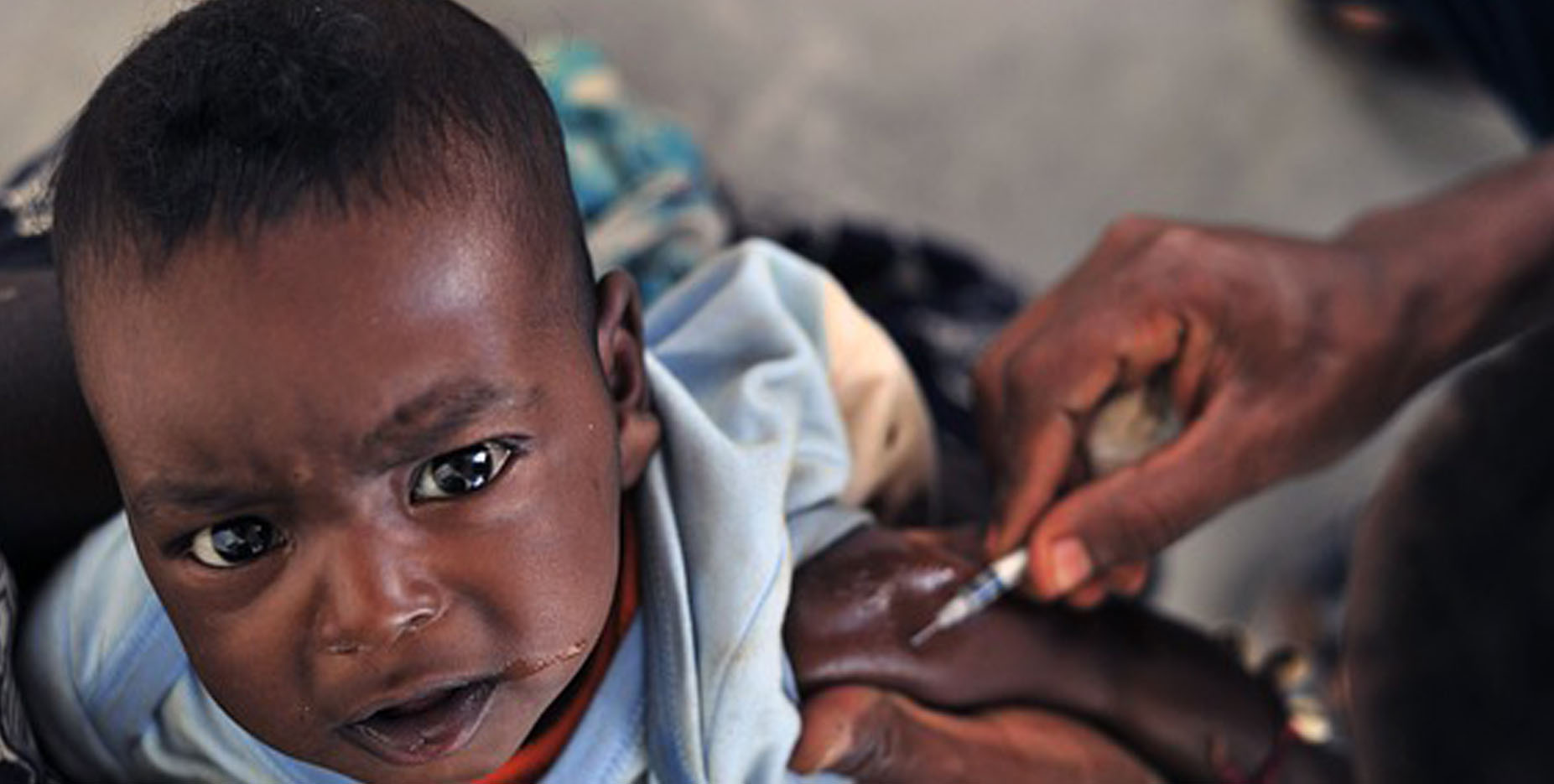
A second vaccine for malaria has been recommended for use by the World Health Organization (WHO).
Despite a century of trying to develop a vaccine for malaria, scientists have met with little success due to the changing nature of the parasite, which has a life cycle that spans two species (mosquitoes and humans).
However, in 2021, the first vaccine for malaria was approved for use in children and vulnerable groups (the RTS,S/AS01 vaccine developed by GSK), and now two years later, the WHO has also recommended a second vaccine, which has been developed by the University of Oxford.
Having two vaccines against this disease within a few years of each other is a major milestone in malaria research. The new vaccine is relatively cheap to produce, and there are already agreements in place to manufacture more than 100 million doses a year.
Malaria is caused by a single-celled parasite called a plasmodium and is transmitted between mosquitoes and humans. When an infected mosquito bites a human, it transfers the parasite into the bloodstream.
From here, the parasite will enter the liver and change before entering the bloodstream and then into the red blood cells. Inside the red blood cells, the parasite will undergo further maturation as part of its life cycle before bursting out of the red blood cells, potentially causing anaemia as it destroys the cells.
If a mosquito bites an infected individual, the parasite will enter the insect, where it will complete its life cycle, and the mosquito is now infected. Developing a vaccine has been difficult due to the distinct phases of the parasite’s lifecycle, its shape-shifting ability, and the fact that it hides inside our body cells, evading the immune system.
There are an estimated 247 million cases of malaria worldwide and around 619,000 deaths. According to the WHO, over 90% of deaths occur in the WHO African Region, with nearly 80% of all deaths in this region among children aged under five years. Children under five are most at risk as they have no immunity to the disease – but people do build up some immunity over time through exposure.
The two vaccines use similar technologies and target the same stage of the parasite’s lifecycle, and according to the WHO, the effectiveness of the two vaccines was “very similar,” with no evidence that one was better than the other.
However, the Oxford vaccine is easier to manufacture as it requires a smaller dose and has a chemically simpler adjuvant (an additional ingredient in a vaccine that helps boost the immune response), making it about half the cost to administer each dose.
The world’s largest vaccine manufacturer, the Serum Institute of India, is already lined up to make more than 100 million doses a year and plans to scale up to 200 million doses a year.
So far, there are only 18 million doses of RTS,S. Dr Tedros Adhanom Ghebreyesus, Director-General of the WHO, said it was a moment of “great pleasure,” and that “I used to dream of the day we would have a safe and effective vaccine against malaria; now we have two”.
While the news of a second, more affordable vaccine is good news, it by no means spells the end of malaria. The new R21 vaccine is expected to be used to vaccinate babies in 18 countries where the disease is most prevalent. Each dose costs $2-4 (£1.65 to £3.30), and four doses are needed per person.
This requires parents to bring their children to clinics for the four doses, and given the reality of facilities in rural and remote communities, this will require a lot of infrastructure, funding, and support to reach all the young children who need it, and areas that fall into conflict zones can pose further issues.
In addition, while results from trials show the vaccine can be up to 75% effective, experts are saying that the reality of village life in poverty-ridden parts of Africa means this will be lower, (possibly) only offering protection to around half of those vaccinated.
After decades of research, news of a second, more affordable vaccine is good news. However, malaria experts state that while this will be a vital additional tool, it will still need to be used in conjunction with other measures, such as mosquito nets, education programmes, and treatment of malarial cases, to keep malaria under control and reduce the disease burden and deaths.
Image Courtesy: tpsdave, Released into the public domain | Pixabay
Rachel Kayani